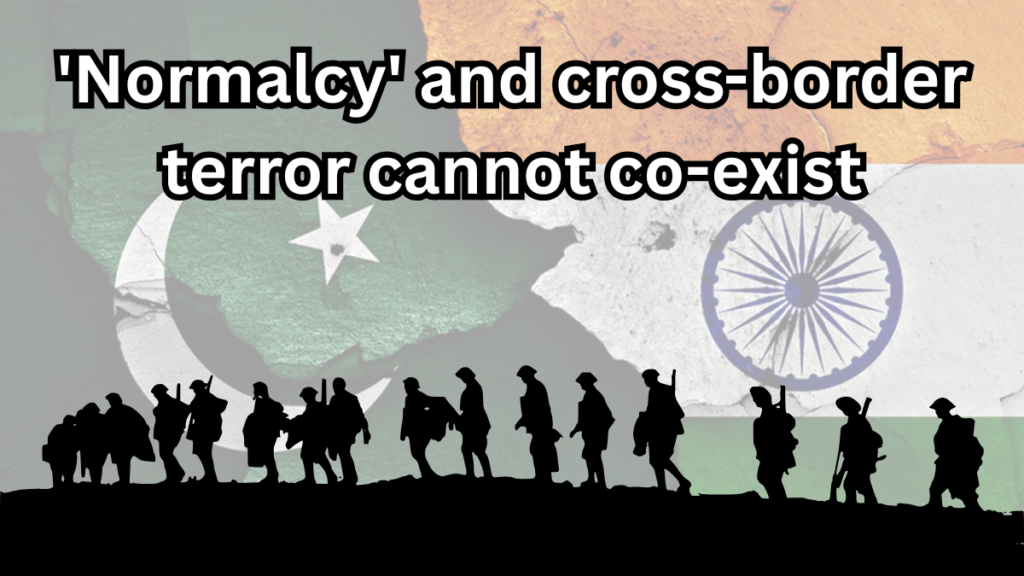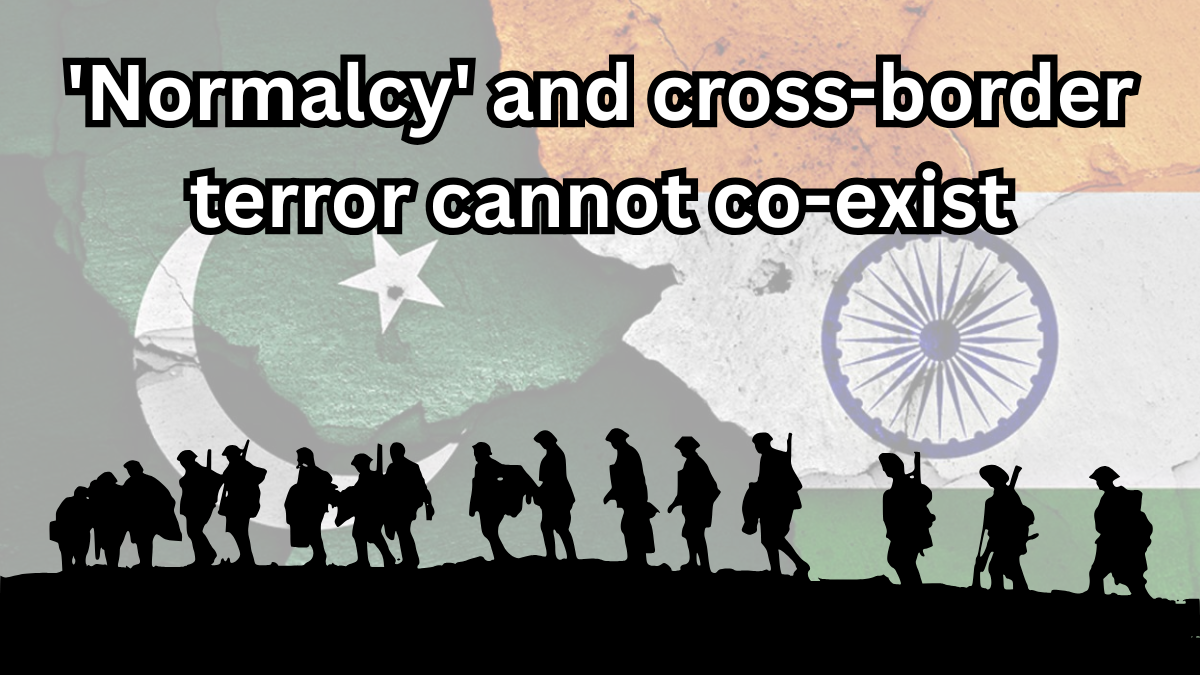A deeper, more empathetic dive into why a valley buzzing with tourists can still feel like a pressure‑cooker to the people who call it home.

From “Naya Kashmir” Dream to Daily Dissonance
| 2019 Speech by Prime Minister Modi | Fact‑Check in 2025 |
|---|---|
| “Abrogation of Article 370 will unlock historic investment.” | Private investment (outside government projects) has inched up < 6 % a year—far below the 18 % national growth in comparable hill states. |
| “J&K will be fully integrated with India’s growth story.” | Per‑capita income stands at roughly 55 % of the national average; female workforce participation is the lowest among Indian UTs. |
| “Bollywood will return; tourism will explode.” | Film crews require layers of clearance; 2024 tourist arrivals hit a record, yet hospitality wages remain largely seasonal. |
Human side: A young hotel receptionist in Gulmarg earns well during peak ski season but moonlights as an online tutor the rest of the year to meet EMIs.
Infrastructure vs. Intimacy: Why Roads Alone Cannot Heal
-
Shiny new tunnels: Chenani‑Nashri and Z‑Morh have cut travel time by hours.
-
Yet…
-
Families still hesitate to travel after sunset; checkpoints can mean one‑hour delays.
-
Internet blackouts—down from 115 days in 2020 to 38 days in 2024—still scare away tech freelancers.
-
| Positive | Unresolved |
|---|---|
| All‑weather roads, better ambulance reach | No trauma‑counselling centers in south Kashmir despite spike in PTSD cases |
| 24×7 electricity in Srinagar city | Rural Bandipora gets 12‑14 hrs, disrupting small manufacturing |
| 4G upgrade finally universal | Students lost two academic years of steady e‑learning; dropout recovery slow |
Democracy by Half‑Measure
-
March 2024 Assembly polls: 68 % turnout—highest in decades.
-
But real power sits with a Lieutenant‑Governor who can override local legislation, including land‑lease norms and police postings.
“We won ballots, not budgets,” a newly elected MLA quipped when his road‑repair file waited six months for Delhi clearance.
Tourism’s Two Faces
| Boom Indicators (2024‑25) | Behind‑the‑Scenes Concerns |
|---|---|
| 2.3 million visitors; ₹9,700 crore revenue | 40 % of taxi drivers took personal loans for vehicles—repayments hinge on peace holding |
| Srinagar’s Tulip Festival live‑streamed worldwide | Floriculturists protest rising land tax, fear losing fields to real‑estate speculators |
| G‑20 side‑event showcased crafts to 60 foreign delegates | Only two valley‑based handicraft cooperatives received export contracts |
A Timeline of Targeted Violence (2021‑2025)
| Date | Location & Victims | Claimed By | Aftermath |
|---|---|---|---|
| Oct 5 2021 | Srinagar – Makhan Lal Bindroo (Pandit chemist) + 2 | TRF (front for Lashkar‑e‑Taiba) | Exodus fears spike, chemist shops in city shut for two days |
| Dec 22 2023 | Poonch forest ambush – 4 soldiers | Jaish‑e‑Mohammad | 10‑day cordon; locals allege apple orchards damaged |
| Jun 14 2025 | Reasi village – 28 Hindu pilgrims | “Commando Group” (hybrid module) | Yatra route security doubled; local Muslims hold peace march |
Why “Hybrid Militancy” Is Harder to Stamp Out
-
Composition: Local youth (untracked by security) + foreign trainer
-
Tactics:
-
Low‑cost pistols, sticky bombs, encrypted chat apps
-
Blend back into civilian life within hours
-
-
Root Drivers:
-
23 % unemployment for under‑30s (vs. 12 % national)
-
Rising heroin trade through Kupwara corridor
-
Radical online sermons amplified via VPNs during net restoration windows
-
Toward a Genuine Normalcy—Five Action Tracks
-
Restore Statehood by a Fixed Date
-
Tie it to performance metrics (tourism revenue, terror incidents, employment) to reassure New Delhi.
-
-
Economic Marshall Plan for Youth
-
Valley‑wide start‑up seed funds, tax holidays for agro‑processing, craft e‑commerce hubs.
-
-
Truth & Reconciliation Commission
-
Document stories from Pandits, Gujjars, Kashmiri Muslims; design reparations + safe‑return protocols.
-
-
Smart Counter‑Terror Grid
-
AI‑driven border sensors, drone surveillance, but with civilian‑oversight board to curb excesses.
-
-
Mental‑Health & Drug‑De‑Addiction Clinics
-
One per district; partner with local imams and Pandit priests to destigmatise therapy.
-
Frequently Asked Questions
Q1: If terror deaths are down overall, isn’t that success?
Statistically, yes. Emotionally, a single high‑profile massacre resets public fear and global headlines. Success means both low numbers and sustained sense of safety.
Q2: Why keep so many troops if violence has dipped?
Security planners cite “residual networks.” Residents worry the military footprint normalises emergency rule. A calibrated draw‑down tied to threat assessments could build trust.
Q3: Will Kashmiri Pandits ever return en masse?
Likely only after statehood, durable security corridors, and property‑right guarantees. Pilot clusters near Srinagar show promise but remain heavily guarded.
Q4: Can India force Pakistan to abandon proxy war?
Total cessation is unlikely without sustained global pressure, economic leverage, and internal reform inside Pakistan. Meanwhile, diversifying Valley livelihoods reduces militant recruitment pools.
Final Thought
Normalcy is not the absence of headlines; it is the presence of hope.
It arrives the day a mother in Pulwama feels safe sending her daughter to college in Srinagar, the day a Pandit reopens ancestral doors without an armed escort, and the day a tourist’s #KashmirDiaries post focuses on sunsets, not security checks. Until those stories outnumber the tragedies, normalcy remains a work‑in‑progress—an aspiration worth fighting for with empathy, policy depth, and unwavering civic solidarity.
Click here to learn more
Sachin is a dedicated writer specializing in education, career, and recruitment topics, delivering clear and actionable insights to empower readers.
